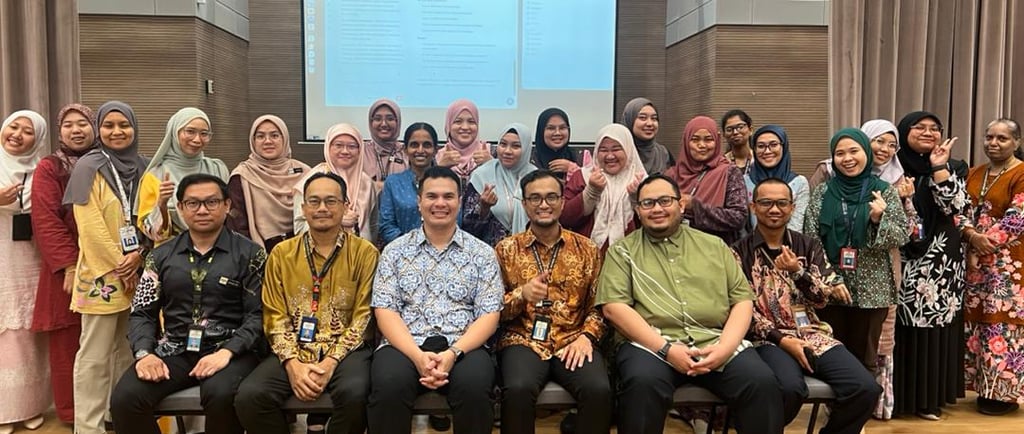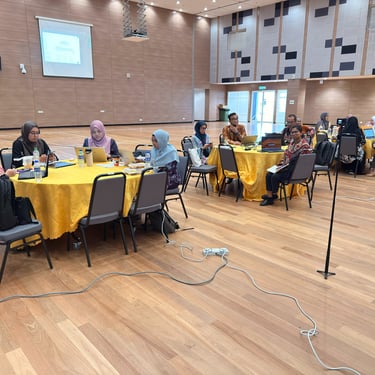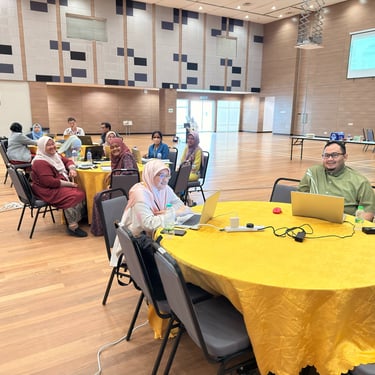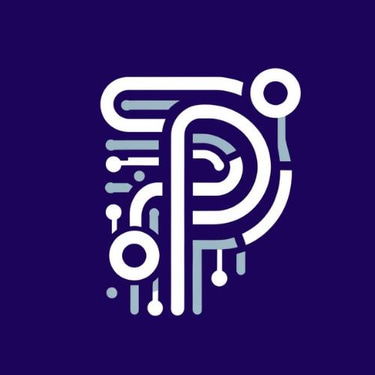You can contact us at contact@pendakwah.tech or caLL US AT 0386841980
The Speed of Discovery: Deploying the AI Research Stack at NIH
Research is a battle against volume. We equipped NIH Malaysia with a tactical AI workflow to map knowledge clusters, automate synthesis, and cross-verify facts. This wasn’t just training; it was a complete overhaul of how government research is conducted.
11/24/20252 min read


Accelerating Discovery: AI-Powered Research at NIH Malaysia
Client: National Institutes of Health Malaysia (NIH) Date: 6 November 2025
We deployed at the National Institutes of Health (NIH) Malaysia with a single objective: accelerate the pace of discovery. The session ran on 6 November 2025. The challenge in modern medical and policy research is not a lack of information; it is the overwhelming volume of it. The brief was to cut through the noise of thousands of academic papers and extract actionable intelligence without compromising integrity.
This was not a standard IT training session. It was a research boot camp. We introduced a full-stack AI workflow designed to handle the heavy lifting of literature review and data synthesis. We moved beyond simple chatbots and integrated specialised research engines—Elicit, SciSpace, Semantic Scholar, and Connected Papers.
We tackled the "blank page" paralysis. Participants learned to map knowledge clusters visually, instantly identifying gaps in current literature. We replaced the manual slog of reading every single abstract with AI-driven summarisation tools like ChatPDF, Scholarcy, and Google’s NotebookLM. The result? Hours of reading compressed into minutes of structured insight.
Speed is dangerous without accuracy. In a health institute, being wrong is not an option. We drilled the importance of verification. We didn't just teach how to generate text; we taught how to audit it. We utilised tools like Copyleaks and GPTZero to detect AI artefacts and cross-verified every claim using multi-AI browsing agents like Perplexity and Poe. We established a "Responsible AI" protocol: assume the AI is hallucinating until proven otherwise.
The shift in the room was palpable. Researchers who spend weeks on literature matrices realised they could now build them in an afternoon. We focused on bilingual drafting and translation using DeepL Write and Quillbot, ensuring that findings could be communicated effectively in both Bahasa Melayu and English.
We deliver these sessions to change the tempo of government operations. At NIH, we proved that AI does not replace the researcher; it removes the friction between the question and the answer. We equip public officers with the digital discipline to navigate a data-saturated world.
If your organisation is ready to move from manual research to accelerated intelligence, we provide the tools, the tactics, and the training to make it happen. Let us talk.




Get in touch with us
© 2025. Pendakwah Teknologi Solutions. All rights reserved.
